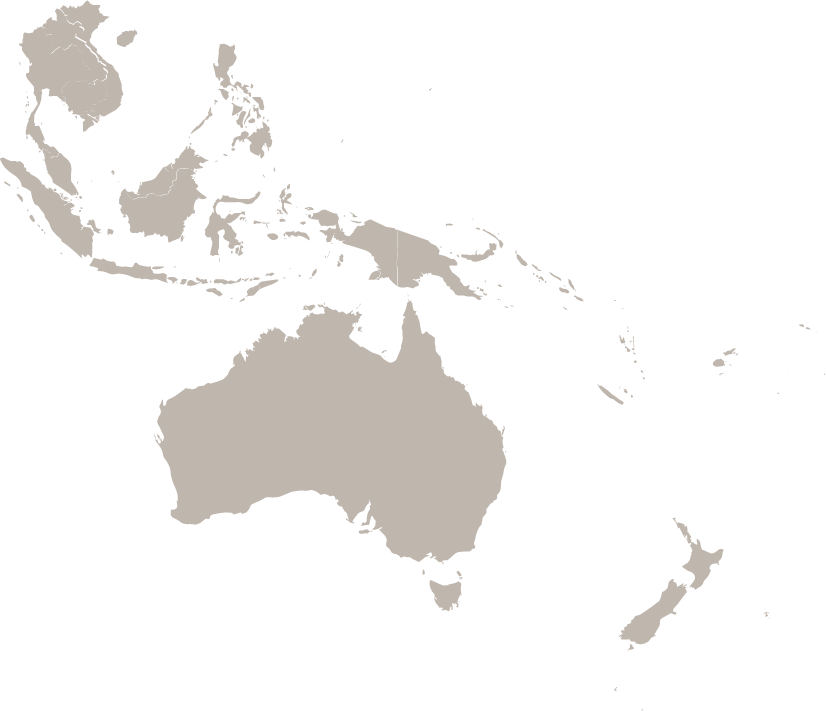I have learned that the way of peace is the way to peace. It is not only a journey out there towards a desired goal or outcome, it is also a way of being in relationship (with oneself, a Higher Being, fellow human beings, and all creation). A catchy tagline on a friend’s email expresses this succinctly for me: There is no way to peace, peace is the way. And, as William David Trimble (Nobel Peace Lauriat from Northern Ireland) once said in a speech aired on television years ago, the way to peace “begins from where we are and not from where we want to be.” That makes a lot of sense to me, so I strive to be the peace that I wish to see, and faith keeps me company.
My adventures in faith along the path of peace have been difficult and spiritually challenging, and along the way I found myself breaking and reinventing myself many times over to develop soul capacities that would see me through the journey. In the process I realized that --
-
Peacebuilding is simply about building relationships, not breaking them. We human beings are in this world together, and we are equals though different. As people of peace of diverse cultures and beliefs, our role is to be instruments, channels, and builders of respectful, just, and harmonious relationships in our midst; and to find “win-win” solutions to the challenges to peace- and relationship-building.
-
Diversity is in the divine scheme of things. This is evident in nature which is what makes it beautiful and awe-inspiring. Diversity is also evident among human beings who, though equal, are different from each other in race, gender, culture, beliefs, etc. Because of our differences, conflict is bound to happen in our relationships.
-
Conflict is part of our human condition. It heralds a turning point in people’s relationships that promises growth. It is “good” or “bad” depending on how we deal with it. We may either escalate conflict to the point of fracturing and breaking relationships, and end up with hardening of extreme positions and acts of violence; or promote mutual respect, understanding and cooperation. The choice is ours.
-
How we “handle our differences” is the secret of conflict transformation and peacebuilding, according to Dr. Mohammed Abu-Nimer (distinguished lecturer and trainer in Peacebuilding). In conflict, there are differences in positions, interests, values and needs that are true on both sides. And the one who is able to see what lies underneath the other person’s (or groups of persons') position, and understand the interests, values and needs underlying their position, is in the better position to resolve and transform conflict. The one who can “humanize” rather than “demonize” the “other,” who can see goodness in the other though goodness may not be readily apparent, understand the fear, and address the need behind the fear, will be the most likely to find win-win solutions to the challenge of conflict transformation and peacebuilding. But that doesn’t come easy; the choice for disarmament of the heart and self-emptying needs to be made.
-
Disarmament of the heart is necessary before peacebuilding can be possible. We need to learn and practice getting our own fears out of the way—getting ourselves, our own positions, interests, and needs out of the equation--so that we will be able to see the other for who they truly are as different from ourselves before it will be possible for us to begin to see and appreciate him/her/them as human beings like ourselves, with similar interests, values and needs as ours. Disarmament of the heart is a prerequisite to trust building. When we disarm ourselves, then disarming the other will be possible. This is the foundation on which “safe spaces” can be built, where people can come together, dialogue with one another, appreciate their differences, and transform conflict.
-
Dialogue in the spirit of mutual respect, understanding and cooperation is both a way of peace and a way to peace; it is also both a means to an end and an end in itself. In the heart of dialogue is listening—heart listening—as well as mindful speaking. It is in the heart of dialogue—of life, discourse, worship and action--where true conversion of the heart is possible, and a common ground of peace can be created. Dialogue is, therefore, love in action.
-
Love is an attitude of heart that makes true dialogue possible. It illumines the darkness of fear that eclipses the heart from seeing rightly. Fear and love are two opposing forces that cannot co-exist at the same time and in the same space. Fear contracts while love expands. Love enables us to transcend our human frailties, liberate our human spirit, see through the darkness of fear eclipsing the heart of the other, and find courageous, humble, compassionate, and patient ways of braving the darkness to touch heart, heal mind, and make all things new again.
My grassroots relationship-building work with people of diverse cultures and beliefs has taught me that peace is not only a goal out there that one would aim for or successfully attain (as one would in a marathon race), it is also a state of mind and an attitude of heart from which spring ways of being—of thinking, feeling and acting--that are peaceful, respectful, and accepting of the fact that there are truths and realities (other than mine) out there that are being experienced and perceived from different perspectives by different people of different races, cultures, orientations, and beliefs. Those truths and realities are just as part of the bigger picture as mine are. And peace comes with being okay with that--with being part of the whole of things--and making space for them in one’s mind and heart, as well as in one’s relationships with others.
